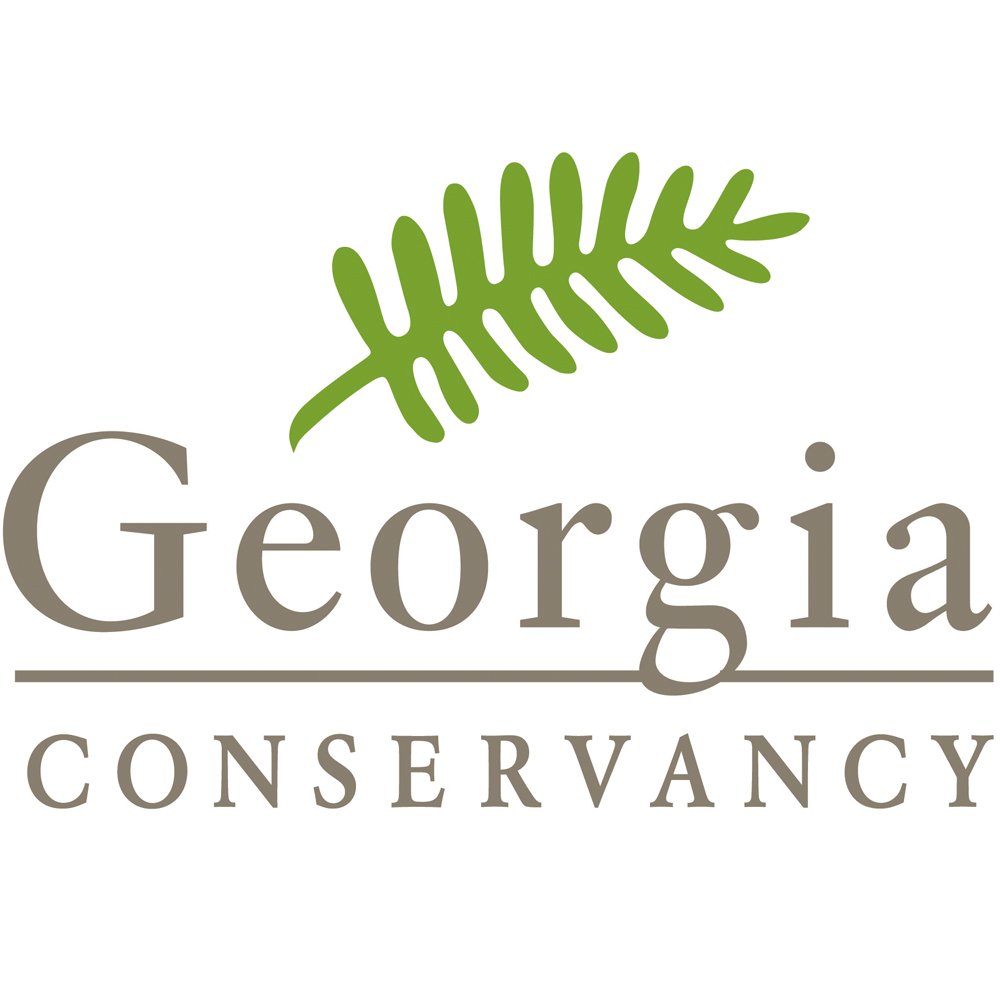The Underappreciated Economic Benefits of Georgia’s Outdoor Industry
“Local and state economies are stimulated by the presence of abundant and well-managed outdoor recreation areas.”
– Becky Kelley, former Director, Georgia State Parks, Recreation and Historic Sites Division
Living within a 10-minute walk of public greenspace brings tremendous benefits to individuals and communities. Parks and greenspace improve individual and physical health. They can strengthen community and maintain the health of our natural environment. They can help to build resilience by offering shade and stormwater management. In Georgia, there are also other benefits that are often overlooked. Outdoor recreation is the fourth largest sector of the nation’s economy (Bureau of Economic Analysis, 2017).
Jekyll Island Kayakers by Steve Rushing
As calculated by the Outdoor Industry Association (OIA), outdoor recreation provides an annual $27.3 billion boon to Georgia’s economy. Put another way, 238,000 people are employed directly within the outdoor recreation industry, which generates $8.1 billion in wages and salaries and has the ability to generate $1.8 billion in state and local tax revenue.
Outdoor recreation is an important economic driver for the state of Georgia and its communities. It is worth noting that this industry’s economic impact amounts to more than double the increasingly visible $10 billion film industry, plus it ranks higher than the 207,000 jobs generated by the automotive industry. The Georgia Chamber of Commerce has calculated an even greater economic impact for the outdoor economy in 2019. These numbers indicate that the demand for parks, trails and outdoor recreation opportunities in Georgia are likely to increase. To meet this rising demand, we must increase Georgia’s supply of recreation spaces: city-scale parks and trails, as well as larger protected lands such as state parks and wildlife management areas, National Parks National Forests, National Wildlife Refuges, and other publicly accessible natural areas
Biking at Chattahoochee River Nat’l Rec Area by Fernando DiCillis
We must steward existing public lands and parks, while continuing to add to our state's inventory. While there are many factors included in the OIA’s calculations, one of the most prominent is the opportunity Georgians have to get outside. Thanks to Georgia's history of natural resource conservation, there is a diverse array of recreation areas to enjoy. State treasures as beautiful as Cloudland Canyon State Park or as vital as the Okefenokee National Wildlife Refuge must be protected alongside “everyday places” like local parks.
Georgians continue to soundly support conservation. In 2016, citizens of Milton, Georgia voted yes on a bond to set aside land for greenspace amidst development pressures from the metro Atlanta area. The “Greenspace Milton” agenda will protect water quality in local rivers and streams, preserve natural areas for wildlife habitat, preserve agricultural land, and create and improve parks. The bond will also provide recreational trails for walking, biking, and equestrian use.
With collaboration from the Georgia Conservancy’s Sustainable Growth Program, and supported by the Georgia Conservancy’s Advocacy and Land Conservation staff, the Milton Greenspace Advisory Committee and City staff identified desirable properties to set aside for greenspace management. The Georgia Conservancy also assisted in creating an acquisition strategy that will enable the pursuit of greenspace in an efficient and cost-effective manner.
Yellow River Water Trail in Porterdale, GA
Outdoor recreation is enjoyed all over our state. Georgia's population voted overwhelmingly this last November on a referendum to set aside a portion of the existing sales tax on outdoor sporting goods. These funds will help provide for conservation and stewardship, increasing the amount of conserved lands in the state. The newly created Georgia Outdoor Stewardship Trust Fund will bolster the ability of state agencies, nonprofits, and local land trusts to hold more lands in permanent protection so that Georgians can take advantage of their natural beauty and educational opportunities.
Many protected areas are located near smaller cities and towns, which serve as gateways to outdoor opportunities. The implementation of thoughtful land practices for outdoor recreation can benefit even the smallest and most rural of Georgia’s communities as outdoor recreation activities such as fishing and hiking are a point of common interest to residents of rural, suburban, and urban landscapes.
The Georgia Conservancy's 2018 Common Ground Summit highlighted smaller communities savvy in leveraging their outdoor opportunities to attract new residents and visitors. Examples of small town environmentally-oriented attractions and initiatives include Porterdale’s Yellow River, Carrollton’s Greenbelt, the Ocmulgee National Park & Preserve Initiative, and various nature centers sprinkled across Georgia’s unique geography.
Whitewater rafting on the Chattahoochee In Columbus by William Brawley
Special public-private partnerships have demonstrated the power of outdoor recreation to educateGeorgia residents about wildlife management, preservation of critical resources, and active lifestyles.
Additionally, outdoor recreation was particularly important to the Georgia Conservancy in 2018 with regard to several key aspects of our programmatic work, including the Georgia Outdoor Stewardship Act, the Common Ground Summit, our Stewardship Trips Program and our Small Town Sustainability and Rural Resiliency Initiative.
Without conservation, Georgia would not have natural resources of such high quality. Without conservation, there would be fewer opportunities to fish, hike, exercise, bird watch, kayak, and photograph. Protected lands are critical assets for Georgians and our many visitors. They are our treasures, as well as our responsibilities.
Learn more about the Georgia Conservancy’s Stewardship Trips Program and Sustainable Growth Program







